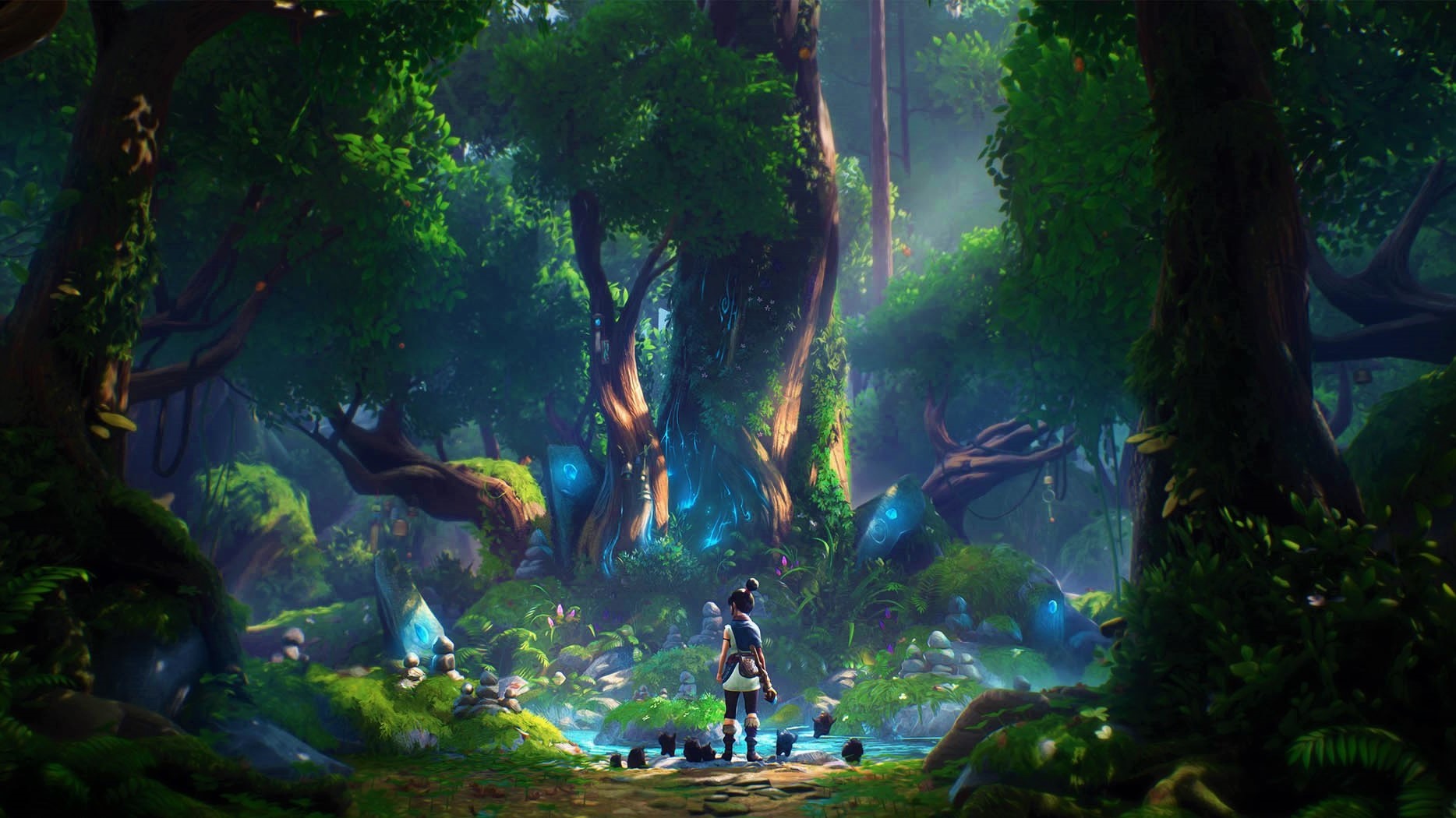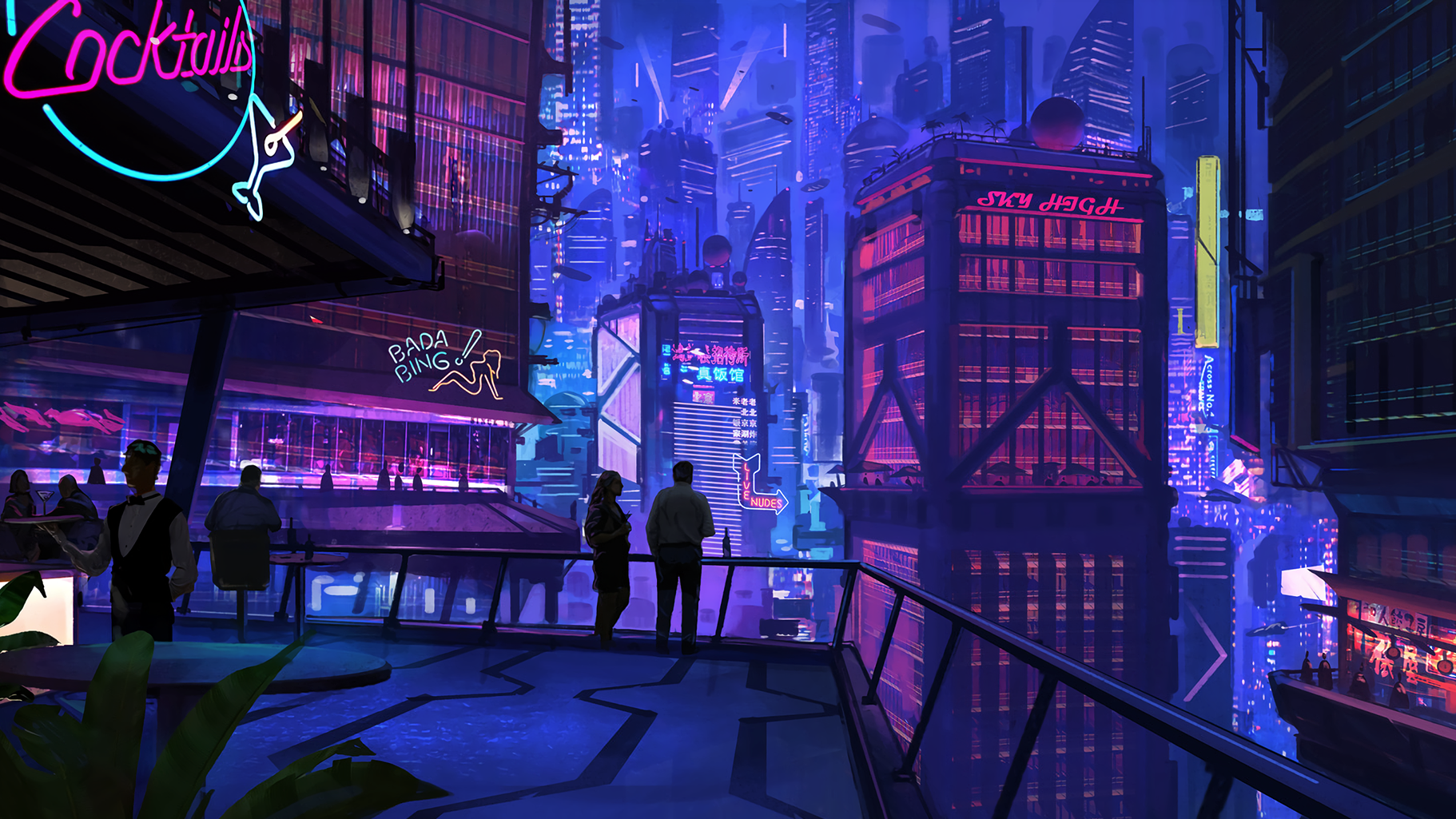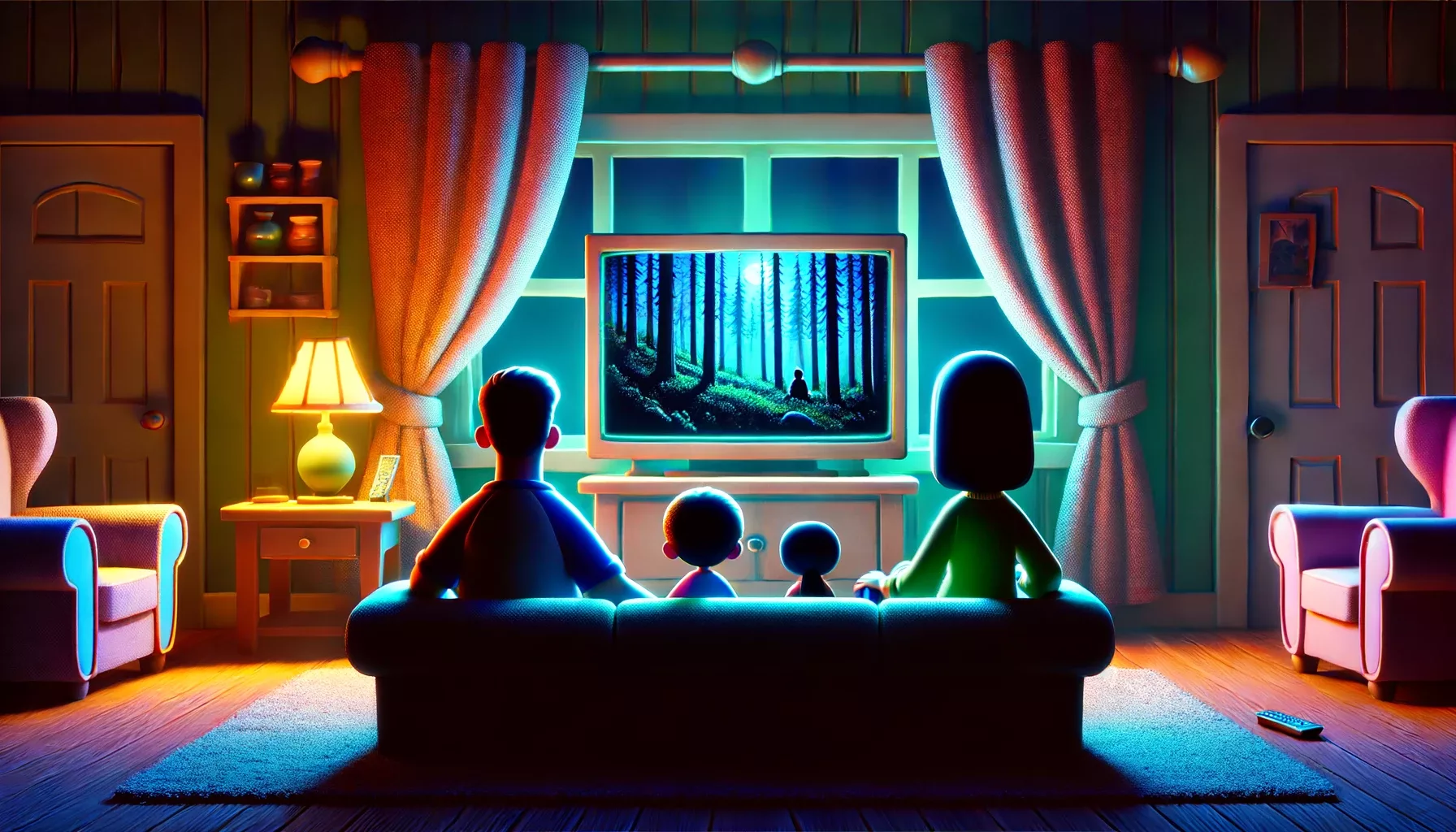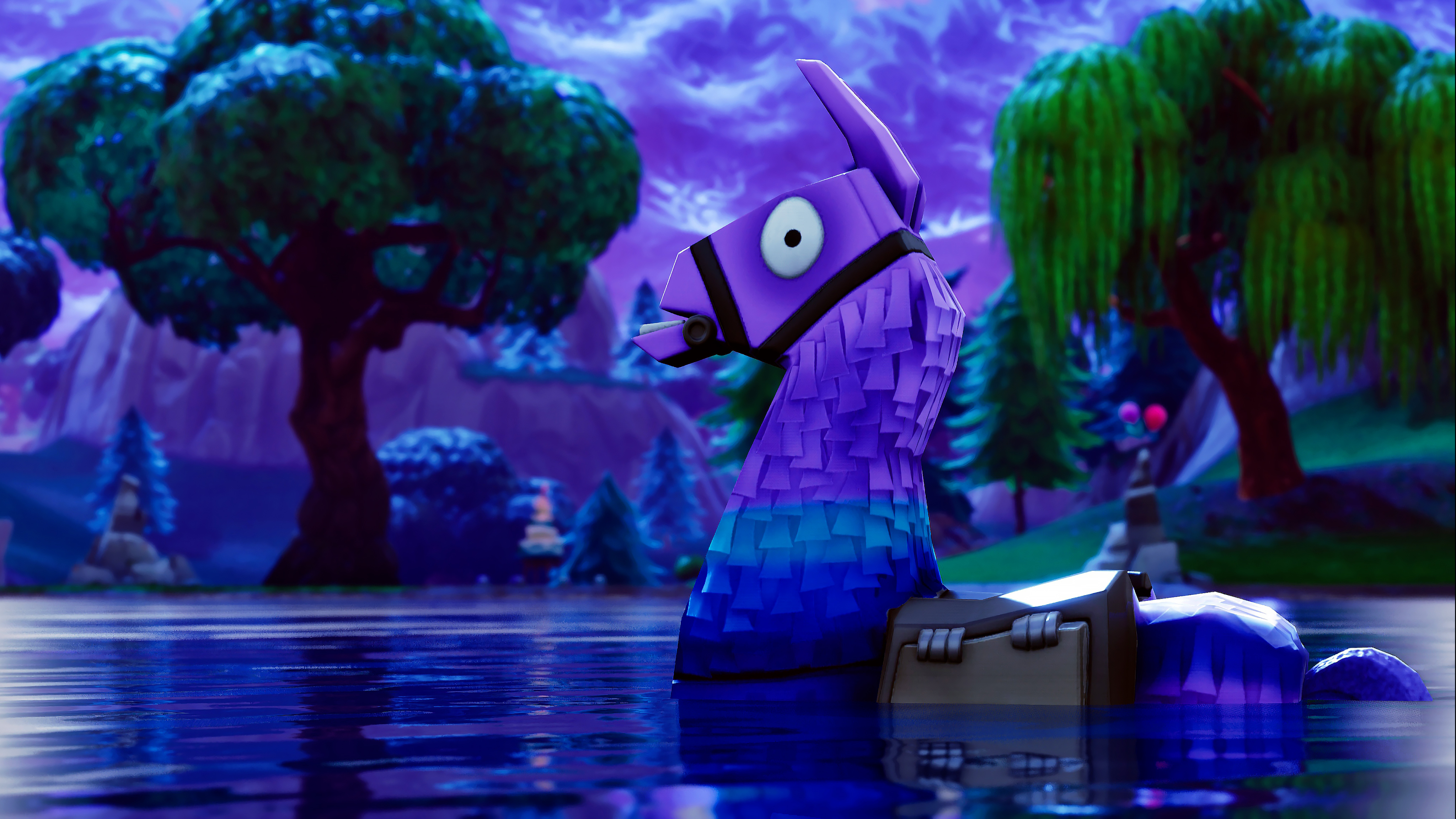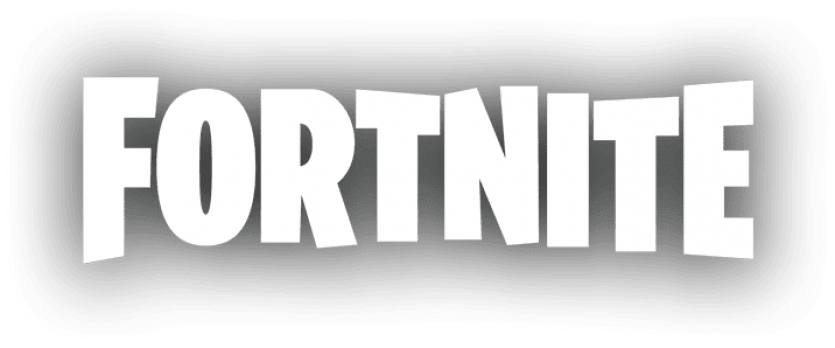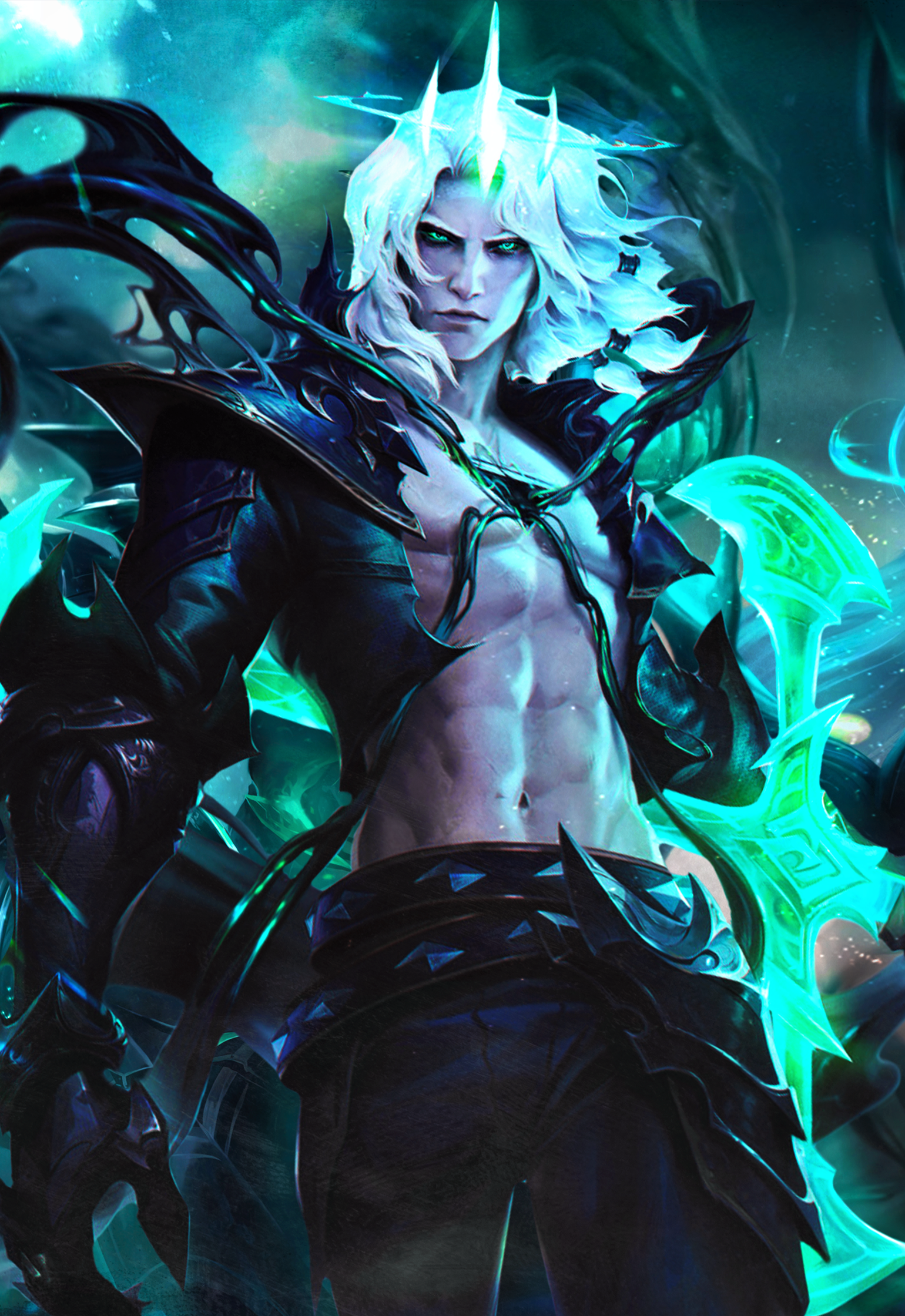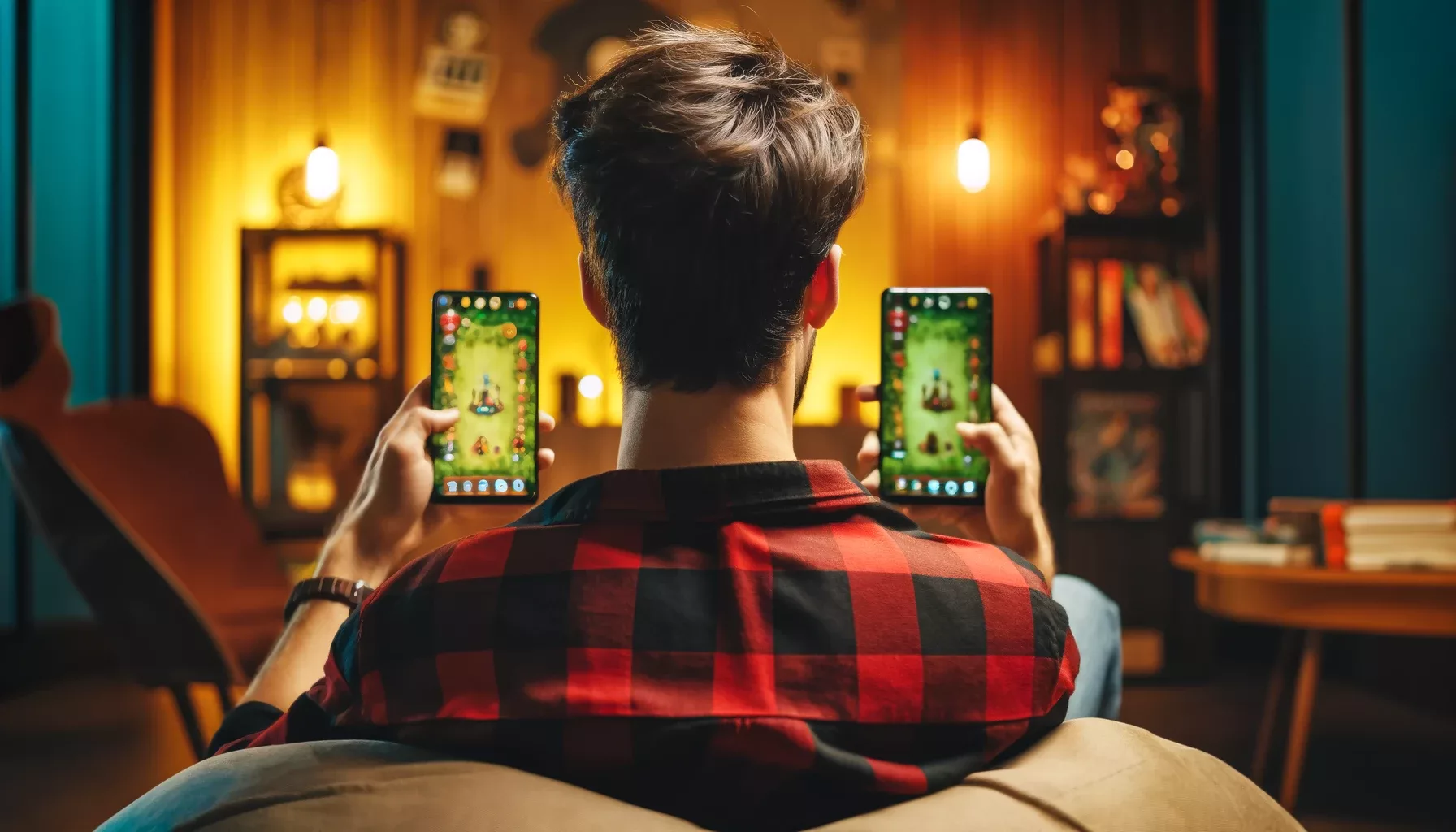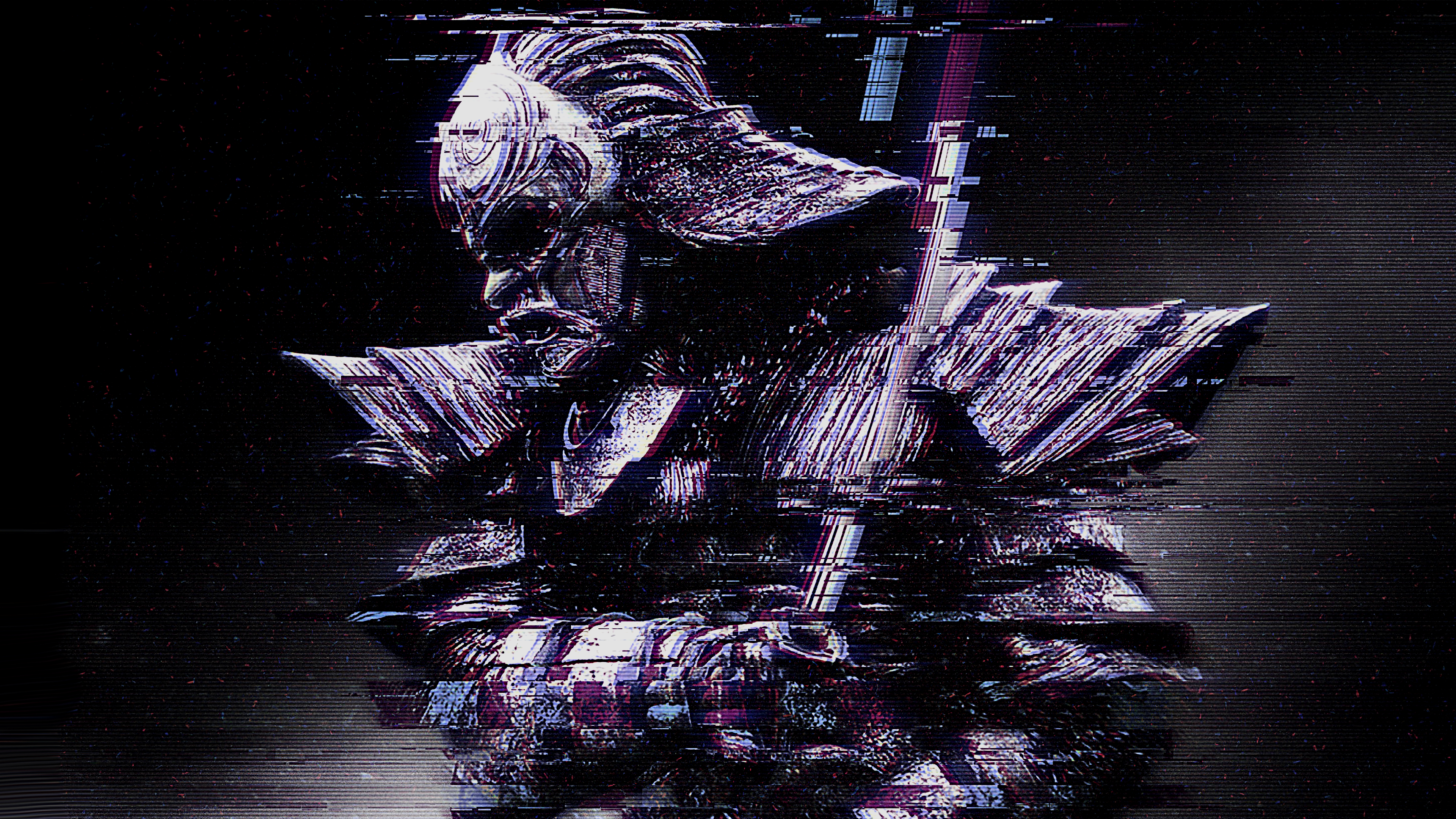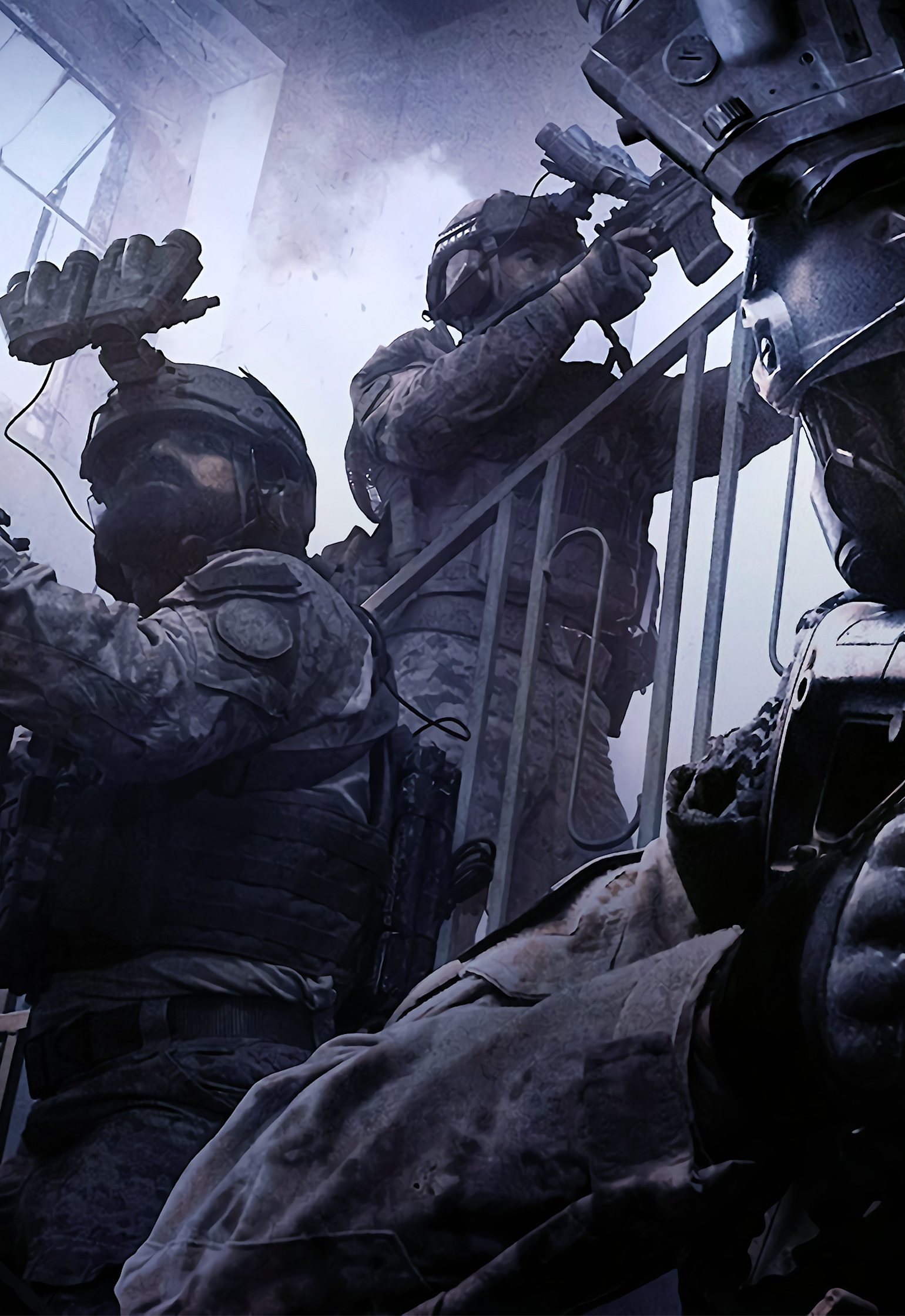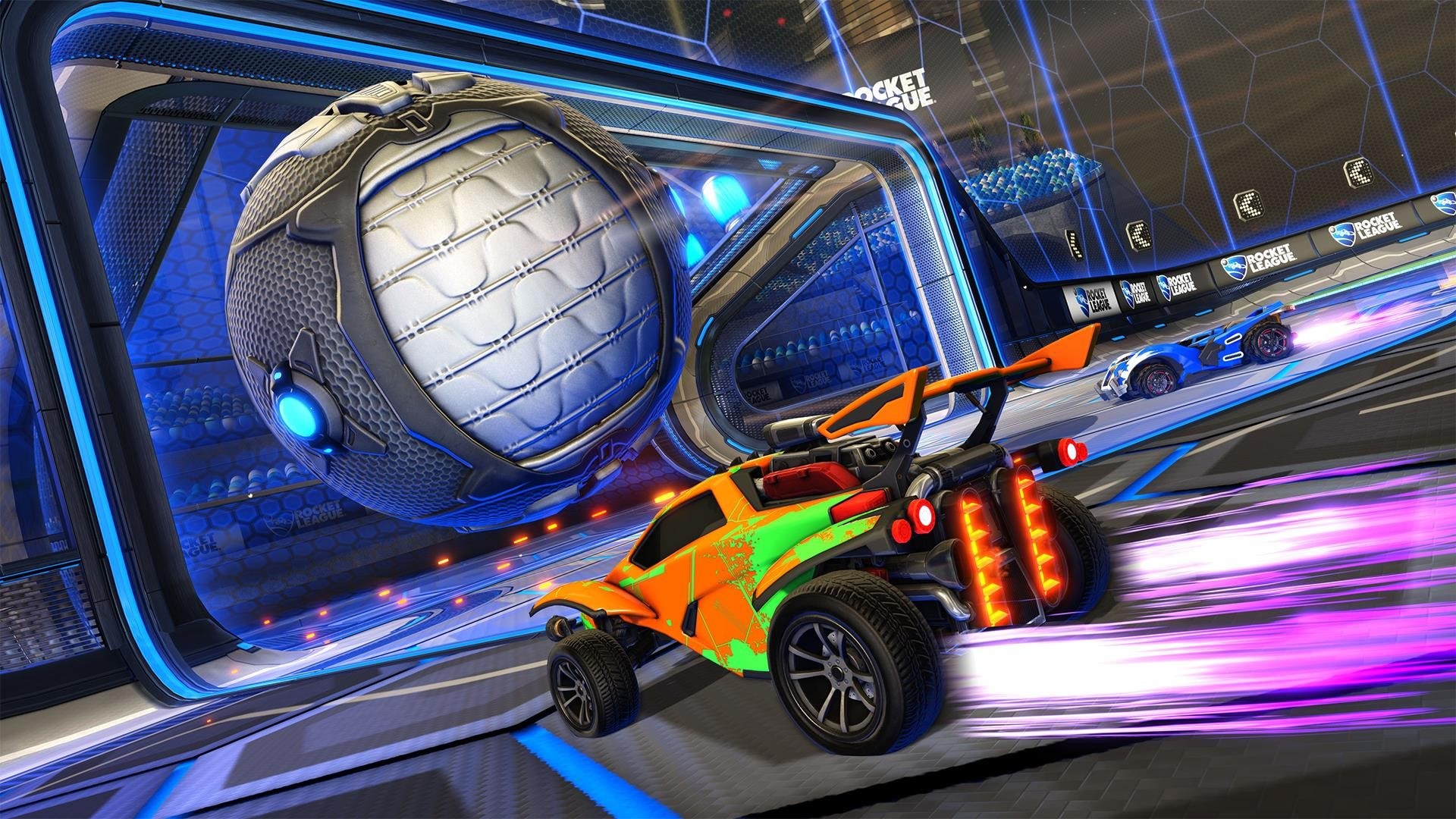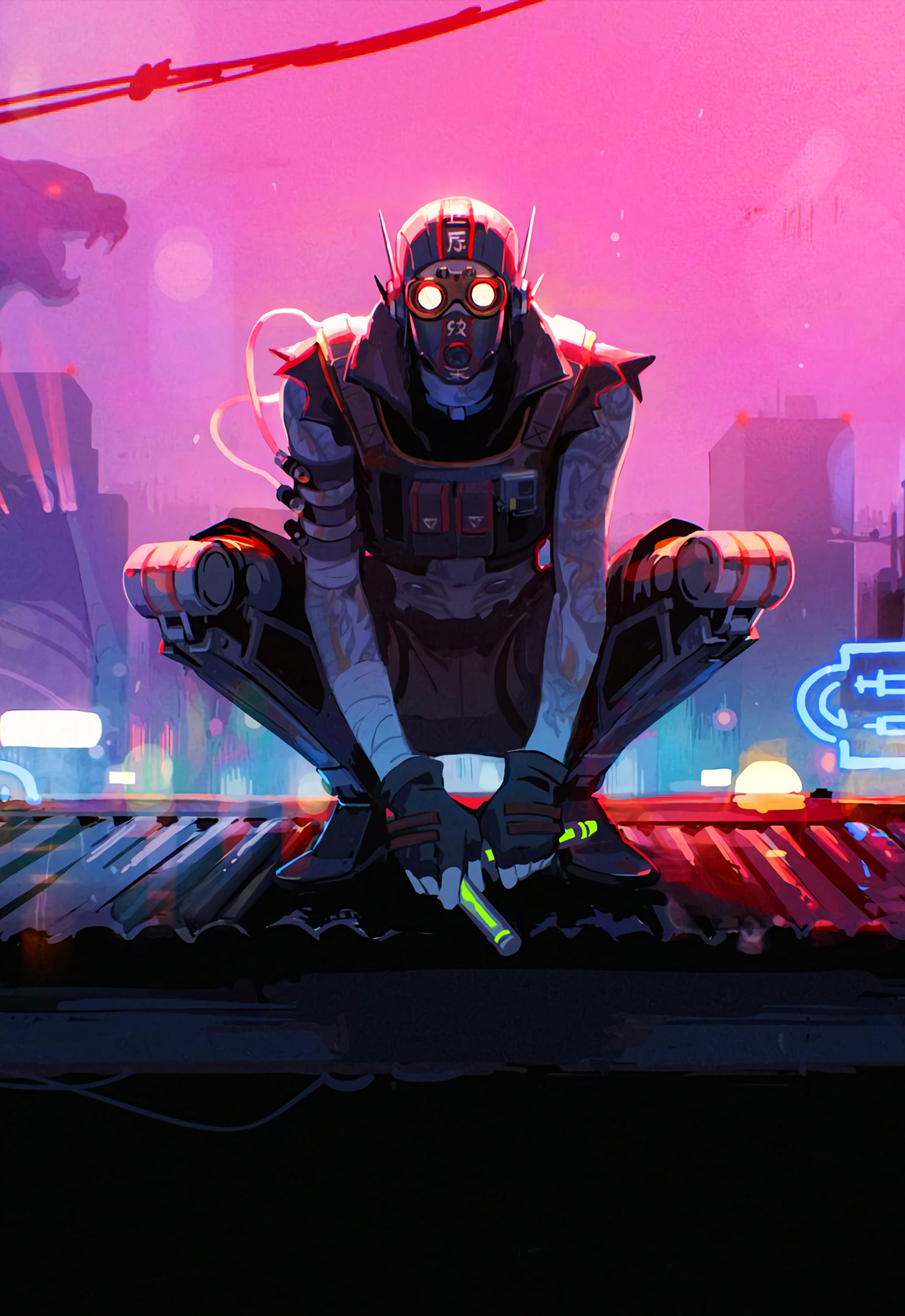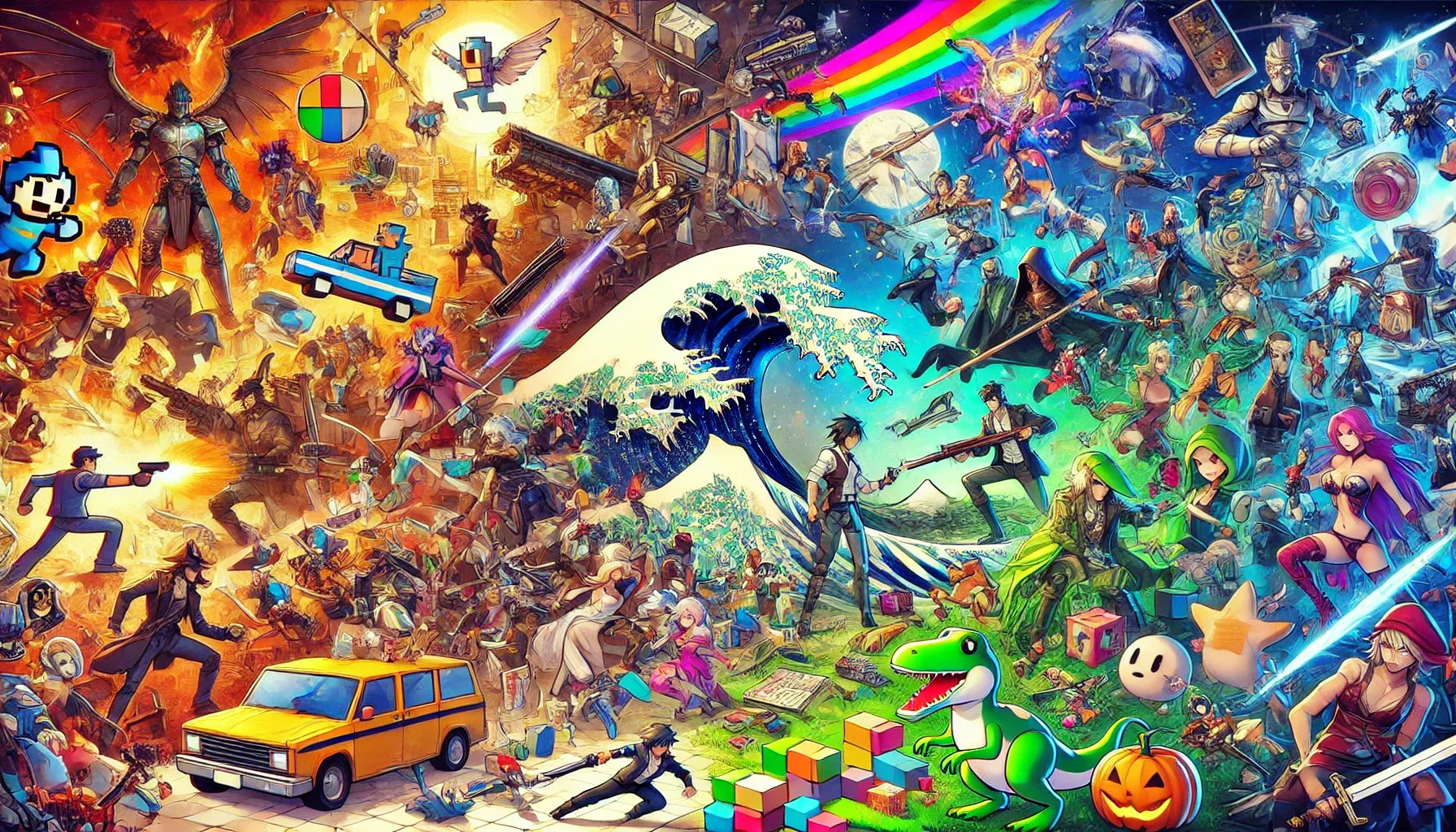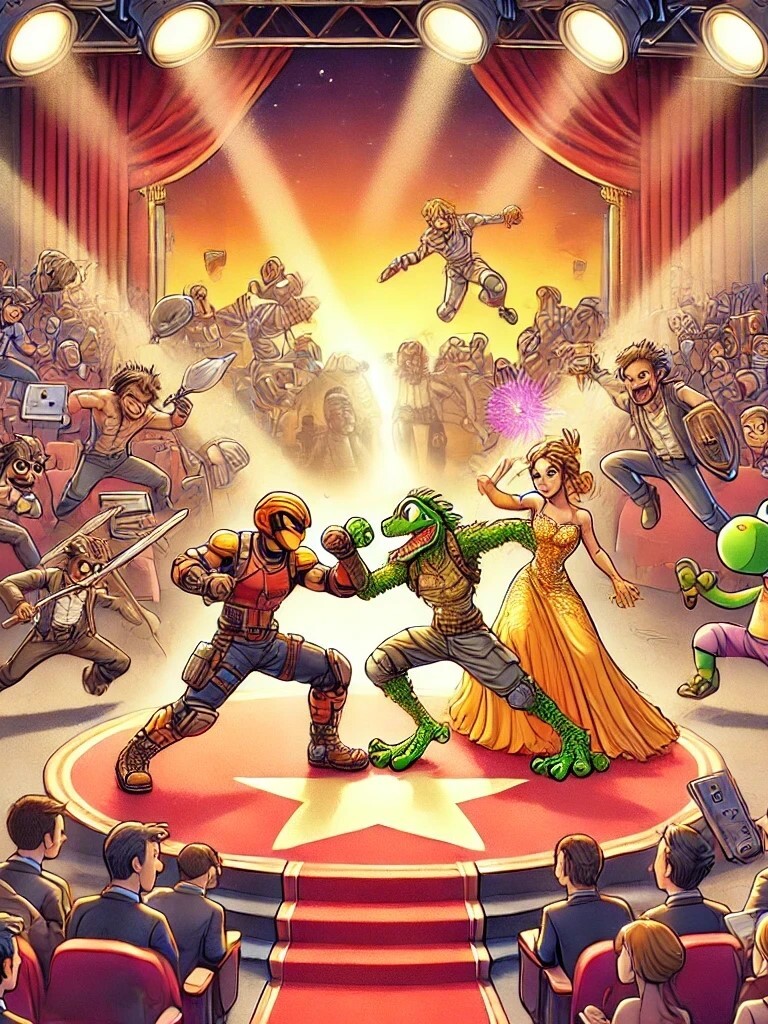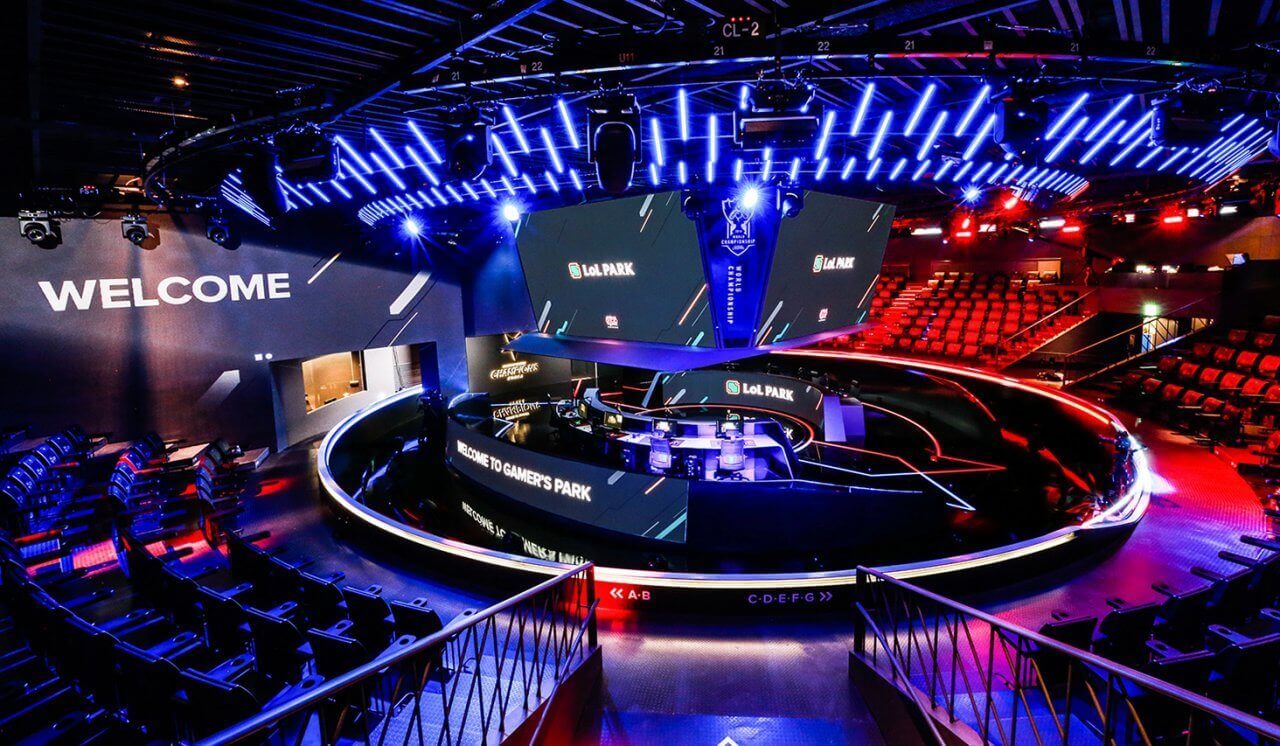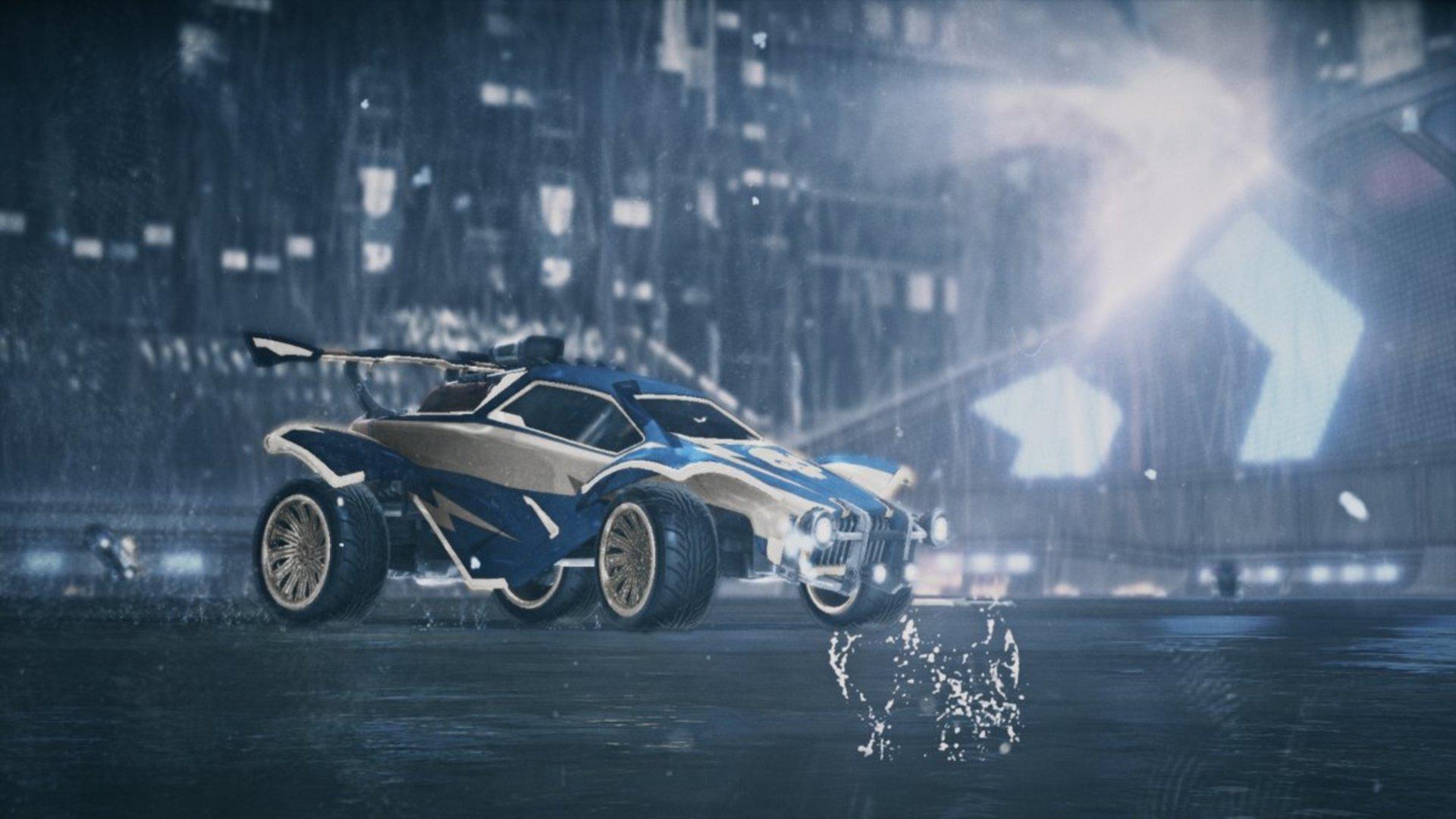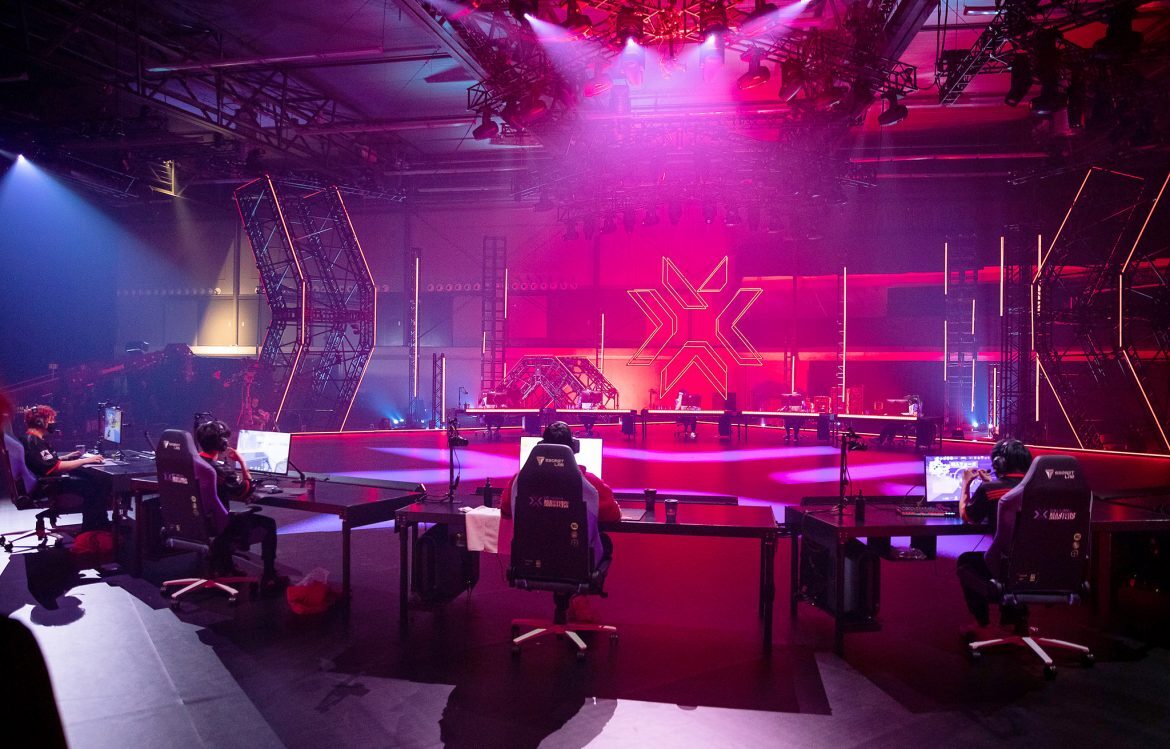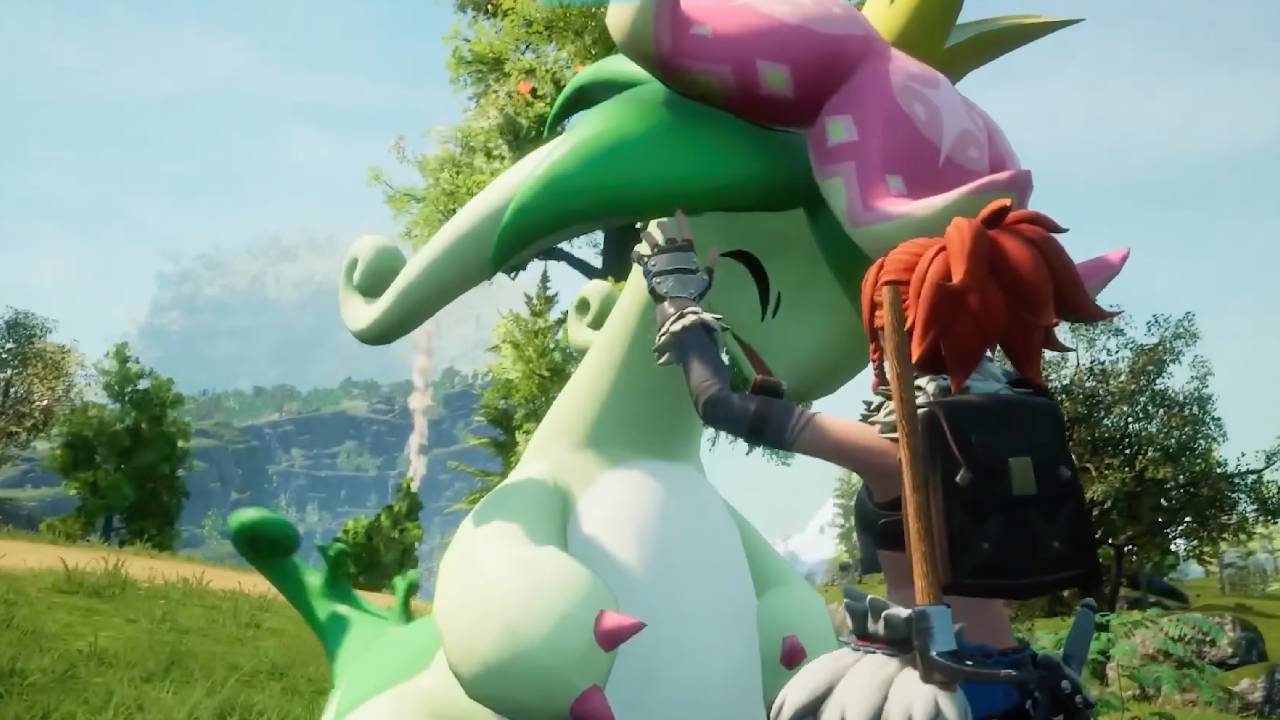Nintendo wanted to prove that Palworld was too close to Pokémon, but the Japanese Patent Office saw it differently.
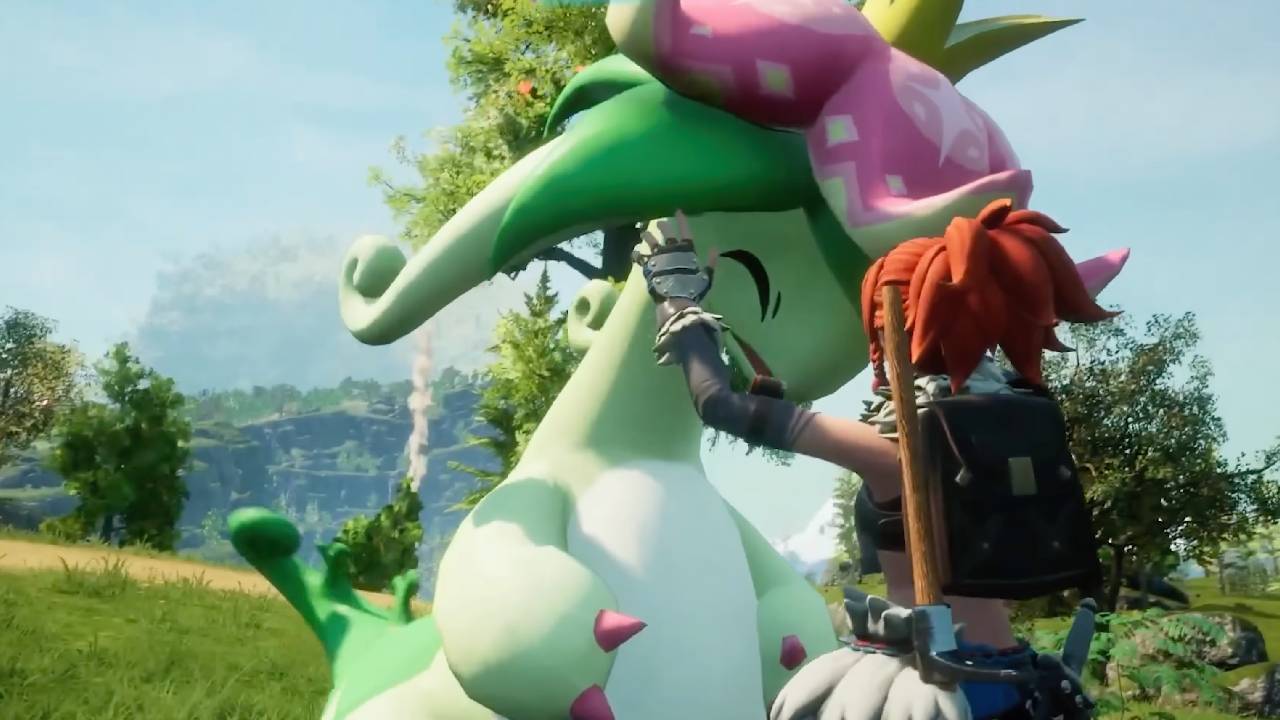
Nintendo tried to use patents to take action against the surprise hit Palworld, but the Japanese Patent Office rejected the attempt. The supposedly unique gameplay mechanics were nothing new after all.
Patent Office Rules Against Nintendo
The Japanese Patent Office has rejected several patent applications filed by Nintendo in the ongoing case against the developer studio Pocketpair. The company sought to protect key gameplay mechanics from Palworld, such as capturing and using creatures, as its own inventions to support its lawsuit over alleged similarities to Pokémon.
However, the examiners concluded that the applications lacked the necessary originality. Many of the elements claimed by Nintendo had already been used in earlier games from other studios. As a result, the patents lose their basis, and Nintendo’s legal argument loses strength.
For the Japanese gaming giant, this is a noticeable setback. Without effective intellectual property rights, the strategy to restrict Palworld through legal means is beginning to crumble. The Patent Office’s decision significantly shifts the balance of power in the case and is seen as a signal that fundamental gameplay mechanics cannot be easily monopolized.
How a Hype Turned Into A Legal Battle
The conflict between Nintendo and the developer studio Pocketpair began shortly after the worldwide success of Palworld. The game attracted attention because players can capture and use fantastical creatures with spherical throwing devices that strongly resemble Poké Balls from the Pokémon series. The design of some characters also reminded fans and observers of Nintendo’s iconic monsters.
Nintendo and The Pokémon Company responded quickly and filed a lawsuit in Japan. The allegation was that Palworld copied core elements of the Pokémon series and infringed on intellectual property. Pocketpair firmly rejected these accusations, emphasizing that they had created a completely original game concept that only visually drew inspiration from familiar patterns.
Since then, the dispute has become a symbolic case for the gaming industry. It illustrates how narrow the line between inspiration and imitation has become and how growing the pressure is on developers to realize new ideas in an industry dominated by established brands.
The Balancing Act Between Law And Innovation
The case shows how difficult it is to protect creative ideas in video games without restricting them at the same time. Patents can safeguard innovation, but when they are too broad, they significantly limit the creative freedom of developers. Video games thrive on inspiration, evolution, and the courage to rethink familiar concepts. Only an open creative culture allows genuine innovation that benefits both developers and players alike.
What do you think? Let us know in the comments!
